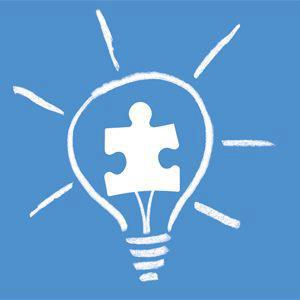April is Autism Awareness Month
/Autism is a Pervasive Developmental Disorder and is mainly characterized through delays in language and social interactions. It was first used to describe a diagnosis by Leo Kanner in 1943. Until the 1960's, it was thought to be linked to Schizophrenia. Back then, about one person in 2,000 were being diagnosed with autism. In the 80's, that number increased to 1 in 1,000. In the beginning of the new millenia, that number had increased again to 1 in 150. Today it is estimated that 1 in 88 are being diagnosed. Experts are not sure if there is in fact a rise in the actual disability or a rise in awareness so that people who would not have been diagnosed, are now receiving the diagnosis.
Researchers agree that there is a genetic link to Autism, but there is no exact known cause. They do know what is being affected for those who do have Autism versus those who do not. The main centers of the brain that are affected by Autism are the Cerebral Cortex (perception and behavioral reactions are controlled by this area of the brain), Amygdala (emotional responses), Hippocampus (short-term memory), Basal Ganglia (regulation of autonomous movement), and the Cerebellum (balance and body movement). Knowing this helps to indentify the best possible treatment for an individual who has Autism.
The only treatment plan that has been proven to be effective is early behavioral intervention. Since Autism is such a unique disability, treatment must be tailored to each individual. This can become very costly. Fortunately in July of 2012, SB 946 came into effect in California and this treatment now must be covered under medical insurance.
Some interesting facts about Autism (from Autism Speaks)
-
Autism now affects 1 in 88 children and 1 in 54 boys
-
Autism prevalence figures are growing
-
Autism is the fastest-growing serious developmental disability in the U.S.
-
Autism costs a family $60,000 a year on average
-
Autism receives less than 5% of the research funding of many less prevalent childhood diseases
-
Boys are nearly five times more likely than girls to have autism
-
There is no medical detection or cure for autism
Tuesday, April 2nd, is Autism Awareness Day. Supporters are encouraged to "light it up blue" to show that they support Autism. Hope to see you in blue tomorrow!

